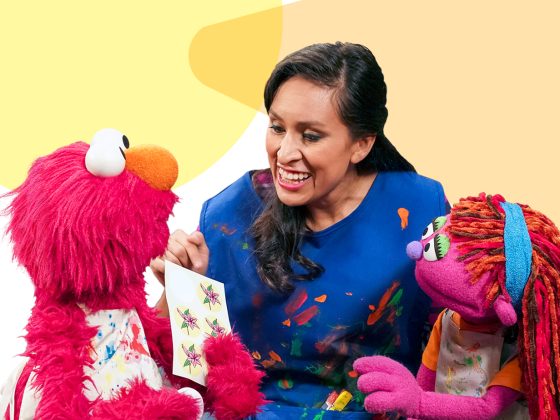
In the Classroom
School can provide great stability in the lives of children and families without permanent homes.
Teachers and staff—even those without experience in the field—are often the first to recognize when a child is experiencing homelessness and can be the link to much-needed services. You might notice their clothes aren’t clean or that they have chapped lips or unkept hair. You may see they are missing school a lot or are hoarding food. You may see they are displaying changes in behavior or are falling asleep during the day. Not having a permanent place to live looks different for every family. It could mean:
- staying with family or friends
- sleeping in their cars
- staying in hotels, trailer parks, or campgrounds
- staying in an emergency or transitional shelter
- being unsheltered or living in a place not intended for humans
Schools, childcare programs, Head Start programs, and other settings can provide great stability in the lives of children and families without permanent homes. You might:
- Let children know they can tell you about their big feelings and that all their feelings are okay.
- Help the other children understand the situation. Stress that we are all members of this community and that we are different in some ways but the same in many others. We all want to play, have friends, and feel welcome.
- Make sure activities and conversations in the classroom don’t assume that children have a permanent a place to stay. For instance, an alternative to “draw your home” may be “draw your family,” and instead of a discussion about where children went during spring break, you might discuss interesting things children saw over their break.
- If you have birthday celebrations in which the family brings in treats, be sensitive to the fact that a family in housing transition will not be likely to do that.
- Remind children that their school is a safe place. Let them know they are valuable members of the classroom community, they are learners and no one can take that away from them. Let them know that school is a place in which you can stay curious and learn lots of new things.
- Approach behavior problems with curiosity, considering why a child may be behaving in a particular way.
Teachers in the K–12 public school system can connect to the school district’s McKinney-Vento liaison—the one-stop resource for services in and out of school, as well as the protector of the child’s educational rights. Educators who know about McKinney-Vento rights can tell parents what services they are entitled to, such as transportation and school meals.
Teachers not in the K–12 public school system (such as child care or Head Start programs): see the printable resource sheet to find the appropriate agency in their community.
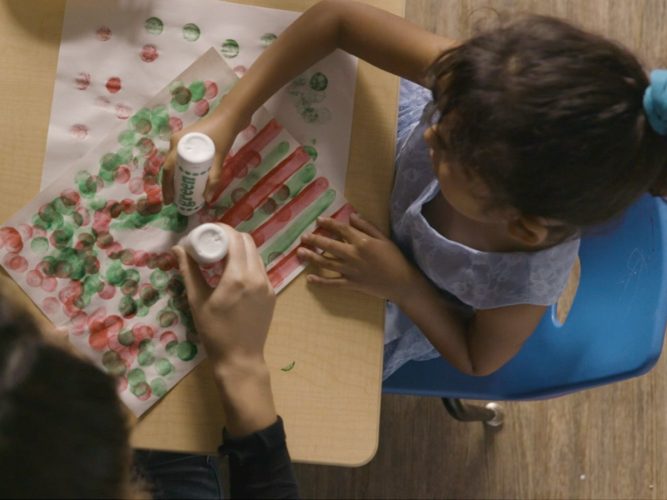
Provider Workshop: Healthy Goodbyes Resources part 2
In the face of these challenges, you can model healthy goodbyes.
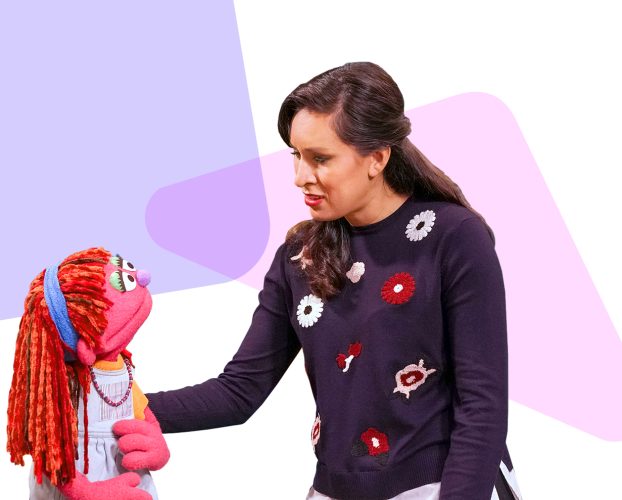
Talk About It: For Children Experiencing Homelessness
Honest, age-appropriate ways to respond to children’s difficult questions.
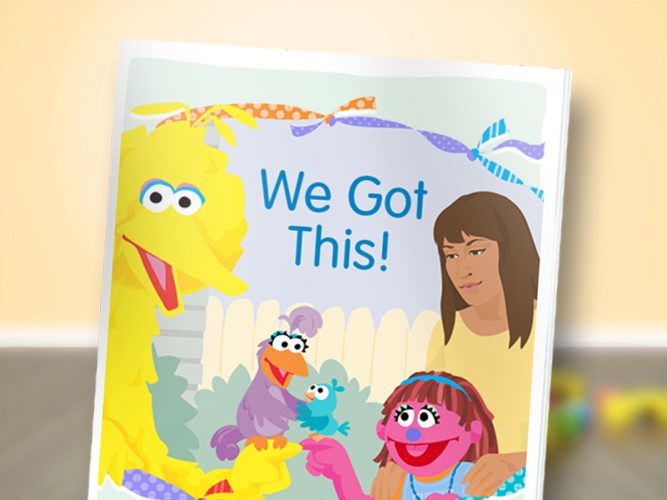
Ideas Into Action: Grown-Ups Come Back
A bag of ribbons can go a long way!
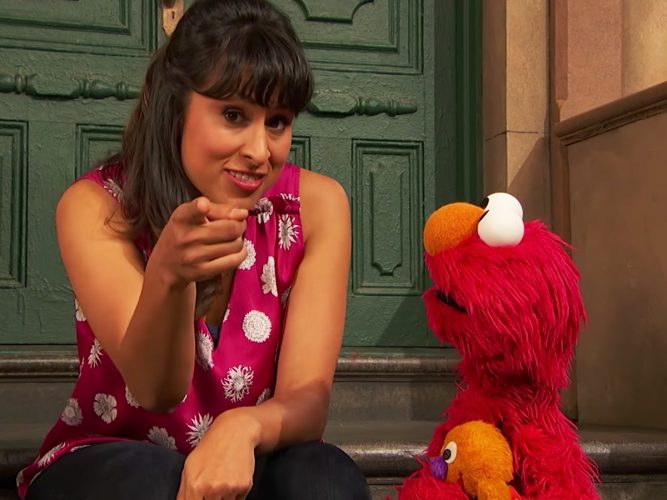
Ideas Into Action: Sharing Comfort Strategies with Children
You can show children how others use strategies for self-soothing.
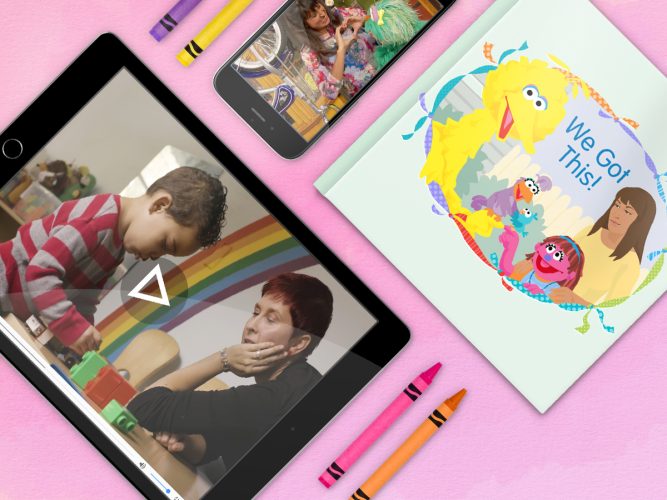
Provider Workshop: Healthy Goodbyes
In the face of these challenges, you can model healthy goodbyes.
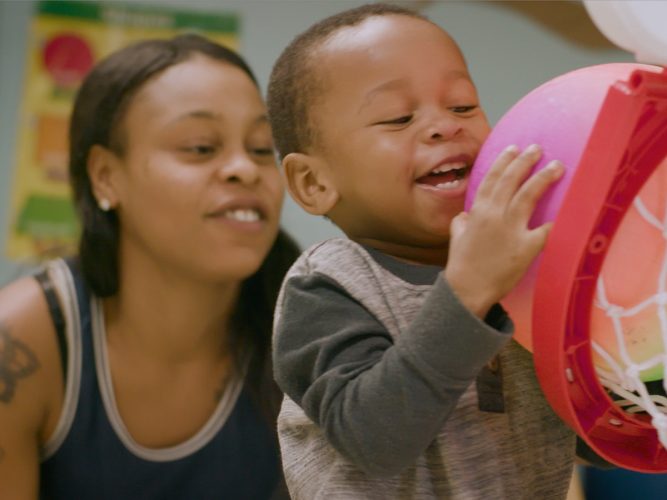
Promoting Healing Through Play in Shelters part 2
It’s not just the things you put into an environment that are important—a play space is made even more effective when adults interact with children in positive ways.

Hooray for Hands
Hands remind us of the power of helping, sharing, and caring.
